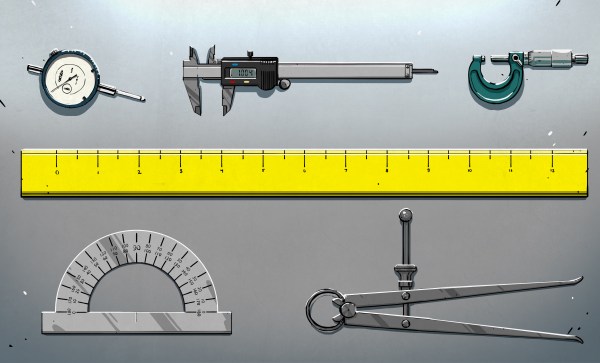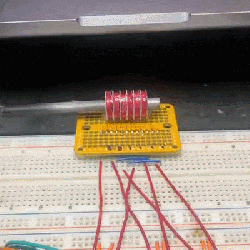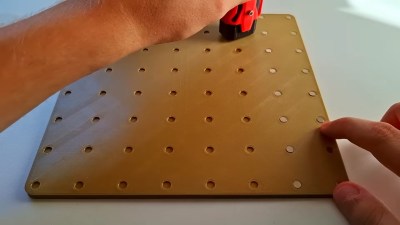I was watching Ben Krasnow making iron nitride permanent magnets and was struck by the fact that about half of the video was about making a magnetometer – a device for measuring and characterizing the magnet that he’d just made. This is really the difference between doing science and just messing around: if you want to test or improve on a procedure, you have to be able to measure how well it works.
When he puts his home-made magnet into the device, Ben finds out that he’s made a basically mediocre magnet, compared with samples out of his amply stocked magnet drawer. But that’s a great first data point, and more importantly, the magnetometer build gives him a way of gauging future improvements.
Of course there’s a time and a place for “good enough is good enough”, and you can easily spend more time building the measurement apparatus for a particular project than simply running the experiment, but that’s not science. Have you ever gone down the measurement rabbit hole, spending more time validating or characterizing the effect than you do on producing it in the first place?




 This levitator is USB-powered, and typically draws 1 W to 3 W to levitate masses between 10 g and 500 g. The base can provide 3 V to 5 V inductive power to the levitator to the tune of 10 mA to 50 mA, which is enough for some interesting possibilities, starting with the lights and motors [Jonathan] has tried.
This levitator is USB-powered, and typically draws 1 W to 3 W to levitate masses between 10 g and 500 g. The base can provide 3 V to 5 V inductive power to the levitator to the tune of 10 mA to 50 mA, which is enough for some interesting possibilities, starting with the lights and motors [Jonathan] has tried.















